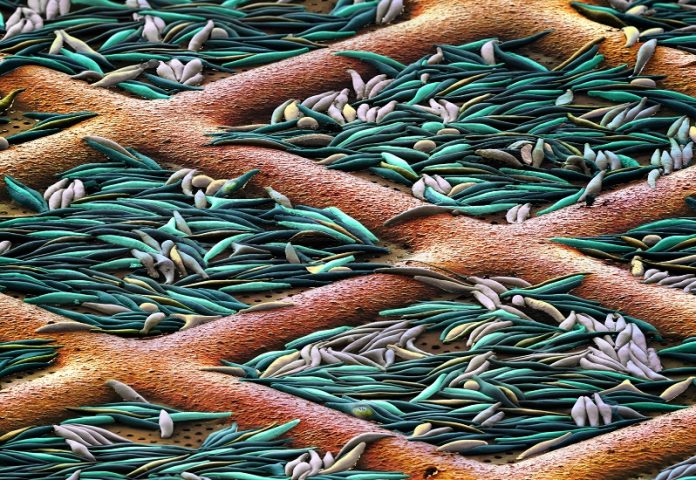
A new discovery by scientists at the University of Basel in Switzerland has revealed how tiny ocean algae, known as diatoms, capture carbon dioxide (CO₂) from the atmosphere so effectively.
These microscopic algae are responsible for absorbing up to 20% of the Earth’s CO₂, making them incredibly important in the global carbon cycle.
The discovery could inspire new ways to reduce CO₂ levels in the atmosphere and fight climate change.
Diatoms, though too small to see with the naked eye, play a huge role in capturing CO₂ through photosynthesis.
Using energy from sunlight, they absorb CO₂ from the ocean and turn it into nutrients, which help support life in the ocean.
While scientists have known for a long time that diatoms are good at capturing CO₂, it was unclear exactly how they do this so efficiently.
Researchers, led by Prof. Ben Engel at the Biozentrum of the University of Basel, teamed up with scientists from the University of York in the UK and Kwansei-Gakuin University in Japan.
They discovered a special protein shell, called the PyShell, that helps diatoms capture CO₂ more efficiently.
Their findings were made using advanced imaging technology called cryo-electron tomography (cryo-ET), which allowed them to see the tiny molecular structure of the PyShell.
In most plants and algae, photosynthesis happens in structures called chloroplasts. Inside chloroplasts, a process involving the enzyme Rubisco helps capture CO₂ and turn it into useful nutrients.
In diatoms, however, this process happens even more efficiently because their Rubisco is packed into tiny compartments called pyrenoids.
The researchers found that the PyShell forms a lattice-like structure around the pyrenoids, giving them their shape and helping create a concentrated environment for CO₂.
This high concentration of CO₂ allows Rubisco to work more effectively, making diatoms incredibly efficient at capturing CO₂ from the ocean and turning it into nutrients.
When the scientists removed the PyShell from diatoms, the algae’s ability to capture CO₂ was significantly reduced, and their growth slowed down. This showed how important the PyShell is for CO₂ capture, a process that is essential for life in the ocean and has a big impact on the global climate.
This discovery could have important implications for fighting climate change. While reducing CO₂ emissions is the most important step to slow climate change, researchers hope that studying the PyShell could eventually lead to bioengineering solutions for capturing more CO₂ from the atmosphere.
As Prof. Engel explains, the CO₂ we emit today will remain in the atmosphere for thousands of years, so it’s crucial to find long-term solutions.
The hope is that by understanding how diatoms capture CO₂ so efficiently, scientists can develop new technologies that mimic this process and help reduce CO₂ levels in the future.
While this may take time, the research lays the groundwork for innovations that could make a real difference in the fight against climate change.



